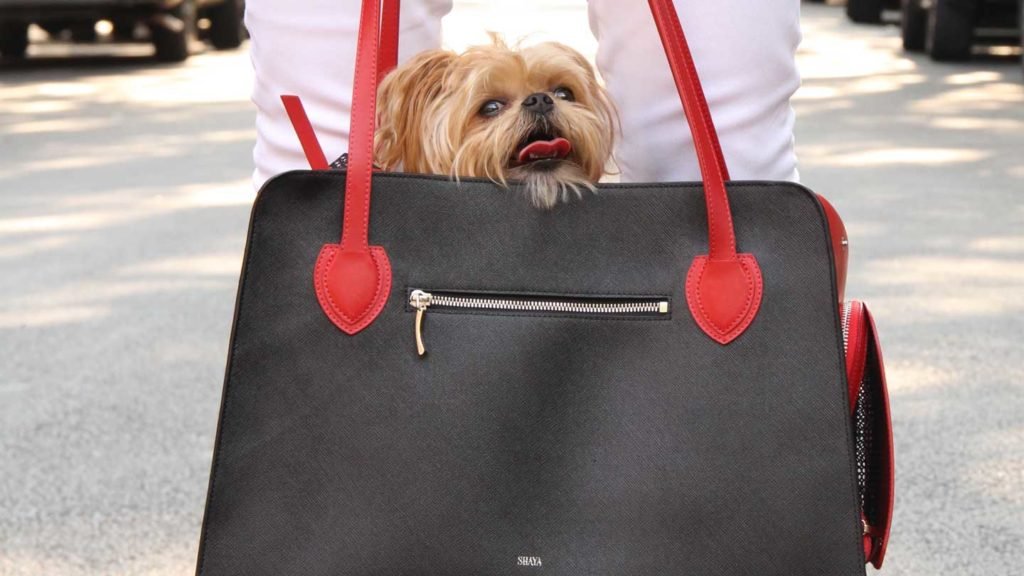Hands-free dog carrier backpacks are ideal for bringing your four-legged companion with you everywhere you go, allowing your pup to take in some really amazing vistas, even on lengthy treks or rugged terrain.
Whether you wear the carrier on your shoulders like a backpack or on your front like a baby carrier, your four-legged companion will appreciate the opportunity to join you on your journey.
But before you look for the dog wheelchairs for your dog, here are some pointers to help you limit down your options.
Take Your Dog’s Measurements
To choose the right size, you’ll need to know your dog’s height, length, and weight. The dog carrier should be big enough for him to comfortably turn around and curl up or stretch out when laying down. From the base of the collar to the base of the tail, measure his back. Then double that number by a couple inches.
From the top of the shoulders to the ground, measure shoulder height. Add two to three inches to shoulder height for soft-sided carriers. Add three to five inches for hard-sided carriers. Like backpacks and slings, Wearable carriers are designed to be tight and comfortable; the dog is supported by your body rather than the carrier.
Consider What You’ll Be Using The Dog Carrier For
If it’ll just be used for vehicle journeys or to keep your dog confined while you’re out and about, choose a carrier that’s light, simple to handle, easy to pack, and comfortable for your dog.
If you intend to travel, you should be aware that airlines have strict rules regarding pet carriers, which you should inquire about. There are size and construction restrictions, and you don’t want to arrive at the gate just to find out that the airline won’t let you board.
Select A Look
There are many types of dog carriers, and you should choose the best pet carrier backpack that best fits your dog and your activities:
#1. Hard-side carriers
For their endurance and robust design, standard hard-sided carriers are occasionally chosen. The sturdy shell provides your dog with a bit of extra protection and is simple to clean. If your dog is too big for an under-the-seat carrier and you’re flying, certain hard-shell carriers are accepted by airlines.
#2. Soft-side carriers
Smaller dogs are most often transported in soft-sided carriers, and specific models are permitted by airlines to fit beneath your seat. They’re usually made to be lightweight and portable, and they fold up for simple storage. Check the manufacturer’s size and weight requirements; many owners claim they need to go up a size.
#3. Wearable carriers
Wearable dog carriers have grown more popular, emulating the baby carrier trend. They free up your hands and make taking your dog nearly anyplace a breeze. They are, of course, only suitable for little pets.
Wearable carriers are available in many styles, including front packs and backpacks. They’re machine washable, light, and some even have zippers for extra protection.


